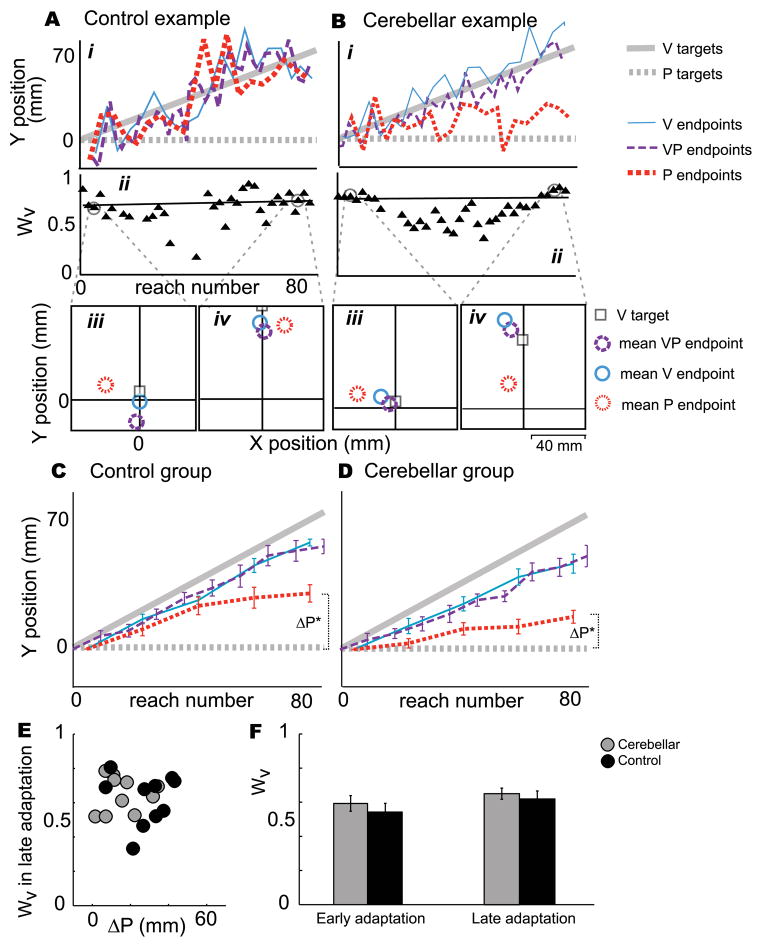Figure 3. Sensorimotor experiment results.
A. A healthy control subject in the Sensorimotor experiment (reaching with endpoint visual feedback), age 65. i. VP endpoints (purple dashed line) followed the V component of VP targets (solid grey line), reflecting that the subject succeeded in hitting or nearly hitting the target. P endpoints (red dotted line) shifted substantially (ΔP = 42.1 mm), reflecting motor adaptation and/or proprioceptive realignment (Block & Bastian 2011).
ii. This subject relied heavily on vision, such that the weight of vision (Wv) at the end of the adaptation block was 0.69. iii. Early in the adaptation block, VP endpoints (purple circle) fell closer to V endpoints (blue circle) than P endpoints (red circle), reflecting a high weight of vision. P targets were at the origin.
iv. VP endpoints continue to be closer to V endpoints in late adaptation. The shift of P endpoints (red circle) in the positive y direction reflects proprioceptive realignment or motor adaptation.
B. Patient CB7 in the Sensorimotor experiment.
i. VP endpoints (purple dashed line) followed the V component of VP targets (solid grey line), reflecting that the subject succeeded in hitting or nearly hitting the target. P endpoints changed less than the control example from early to late adaptation (ΔP = 11.1 mm).
ii. The subject relied heavily on vision, with Wv = 0.76 late in the adaptation block; VP endpoints (purple circle) fell closer to V endpoints (blue circle) than to P endpoints (red circle), both early (iii.) and late (iv.) in adaptation.
C. Significant realignment occurred in controls (ΔP = 28.0 mm, t = 7.1, p < 0.0001, N = 10), probably reflecting both sensory realignment of the proprioceptive estimate of target hand position and motor adaptation of the reaching hand (Block & Bastian, 2011).
D. Significant realignment occurred in cerebellar patients as well (ΔP = 16.1 mm, t = 4.8, p = 0.001, N = 10), but it was significantly less than controls (t = −2.3, p = 0.035). We speculated that the realignment exhibited by patients represents sensory realignment of proprioception and not motor adaptation of the reaching hand, since cerebellar patients are impaired at motor adaptation (Motor experiment). *significantly different from zero.
E. Weight of vision in late adaptation (Wv) versus realignment of P endpoints (ΔP) for cerebellar patients (grey circles) and age-matched controls (black circles). Cerebellar patients tend to have a smaller ΔP, but (F) mean Wv in early and late adaptation is similar for patients and controls. Two-way ANOVA showed no difference across groups (p=0.36) or time (p=0.13). This suggests weighting of vision vs. proprioception may not be a cerebellum-dependent process.

